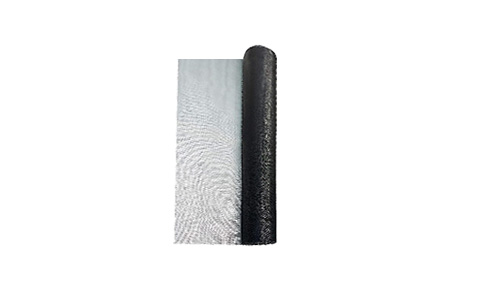wire mesh rodent proof
Nov . 30, 2024 22:24
The Importance of Wire Mesh for Rodent Proofing A Comprehensive Guide
Rodents, including rats and mice, are a common nuisance in both urban and rural settings. They can cause significant damage to property, contaminate food supplies, and pose serious health risks by transmitting diseases. As homeowners and property managers seek effective solutions to keep these pests at bay, wire mesh has emerged as a reliable and versatile method of rodent proofing. This article will delve into the benefits of using wire mesh for rodent control, how to implement it effectively, and considerations to keep in mind.
Understanding Wire Mesh
Wire mesh, a barrier made from interconnected wires, is available in various sizes and materials, typically galvanized steel or stainless steel. The small openings in the mesh prevent rodents from entering buildings, creating a durable and long-lasting solution. Unlike traditional sealing methods, which may weaken or wear away over time, wire mesh provides an added level of strength and resilience.
Benefits of Wire Mesh in Rodent Proofing
1. Durability Wire mesh is highly durable and can withstand the gnawing and chewing of rodents. Rodents have strong teeth and can bite through softer materials, but the toughness of wire mesh makes it extremely challenging for them to penetrate.
2. Versatility Wire mesh can be used in various settings—around gardens, basements, attics, and even within wall cavities. It is adaptable to different structures and can be shaped or cut to fit specific areas.
3. Ease of Installation Installing wire mesh is relatively simple, requiring basic tools. Homeowners can often undertake this task themselves, making it a cost-effective solution.
4. Breathability Unlike solid barriers, wire mesh allows for ventilation, which is essential in preventing moisture buildup that can lead to mold and other issues. This feature is particularly beneficial in areas like basements or attics.
5. Pest Exclusion While wire mesh is incredibly effective against rodents, it can also deter other pests like birds and larger insects, providing a broader protective measure for your property.
wire mesh rodent proof

Implementing Wire Mesh for Rodent Proofing
To effectively use wire mesh for rodent proofing, it is essential to follow specific steps
1. Inspection Begin by inspecting your property for potential entry points. Look for gaps in walls, foundations, vents, and any areas where pipes or wires enter the building. Pay particular attention to places where utility lines enter the home, as these are common entry points for rodents.
2. Choosing the Right Mesh Select the appropriate gauge of wire mesh based on the type of rodents you are dealing with. For example, a mesh with openings smaller than 1/4 inch is recommended to keep out mice and smaller rodents, while openings of 1/2 inch may be sufficient for larger species like squirrels.
3. Installation Cut the wire mesh to size, ensuring it covers the identified entry points completely. Fasten the mesh securely using nails, screws, or a heavy-duty staple gun. For vulnerable areas, consider using a frame to provide additional support.
4. Sealing Edges After installation, seal the edges of the wire mesh with caulk or expandable foam to prevent rodents from finding a way around the barrier. This step is crucial for ensuring a comprehensive seal.
5. Regular Maintenance Periodically inspect the wire mesh for any signs of wear or damage. Maintaining the integrity of the installation is vital for long-term rodent control.
Conclusion
While eliminating existing rodent populations is crucial, preventing their entry is equally important, and wire mesh provides an effective solution for achieving this. Its durability, ease of installation, and versatility make it a favored choice among homeowners and pest control professionals alike. By investing in wire mesh and following the outlined steps, you can significantly reduce the risks associated with rodent infestations and protect your property for years to come. Remember, the key to successful rodent proofing lies not just in the installation of barriers but also in regular inspections and maintenance, ensuring your home remains a safe and healthy space.




















